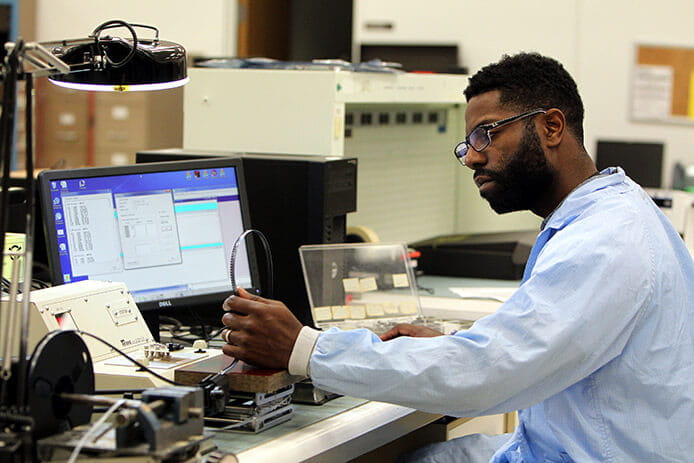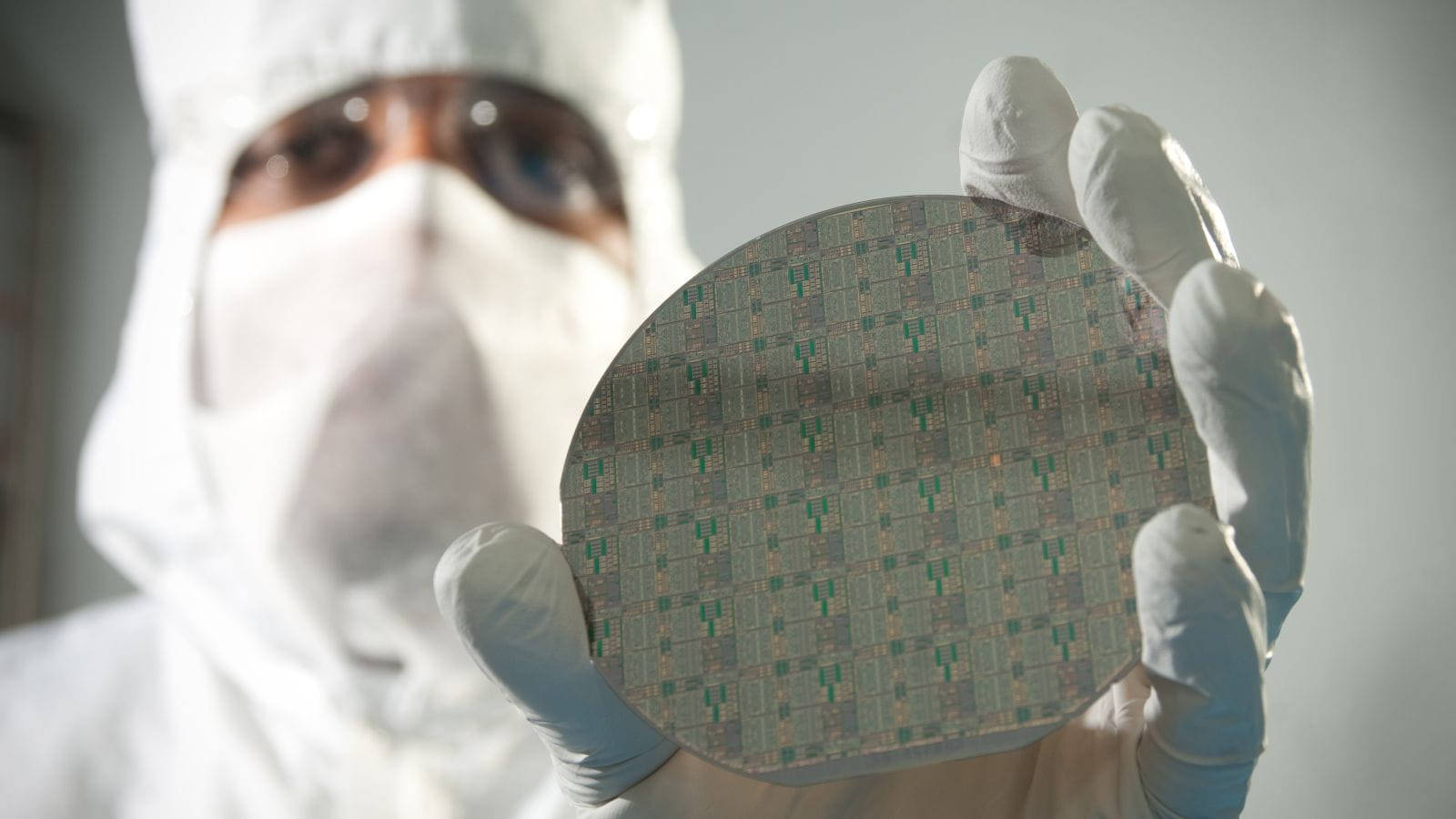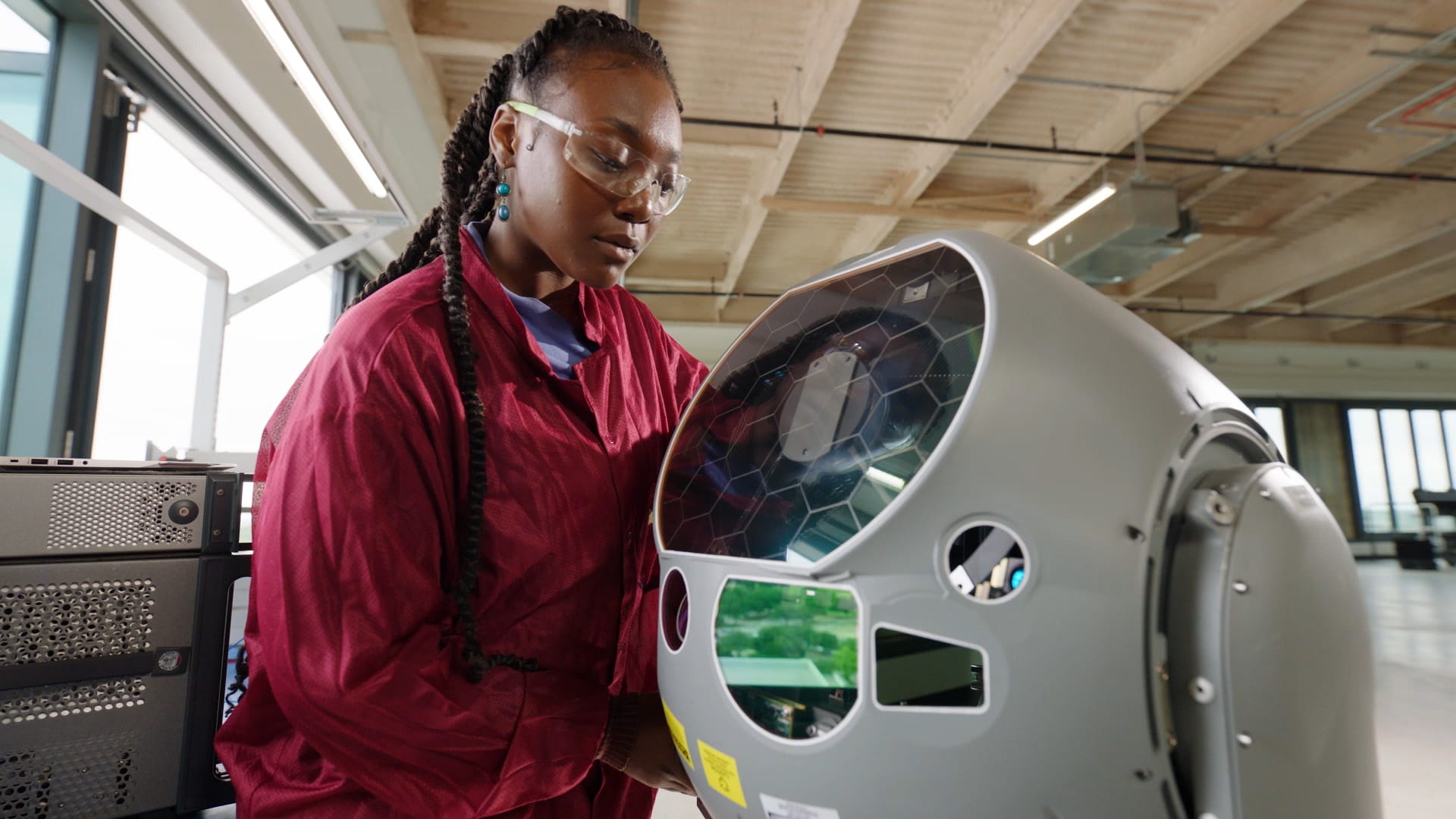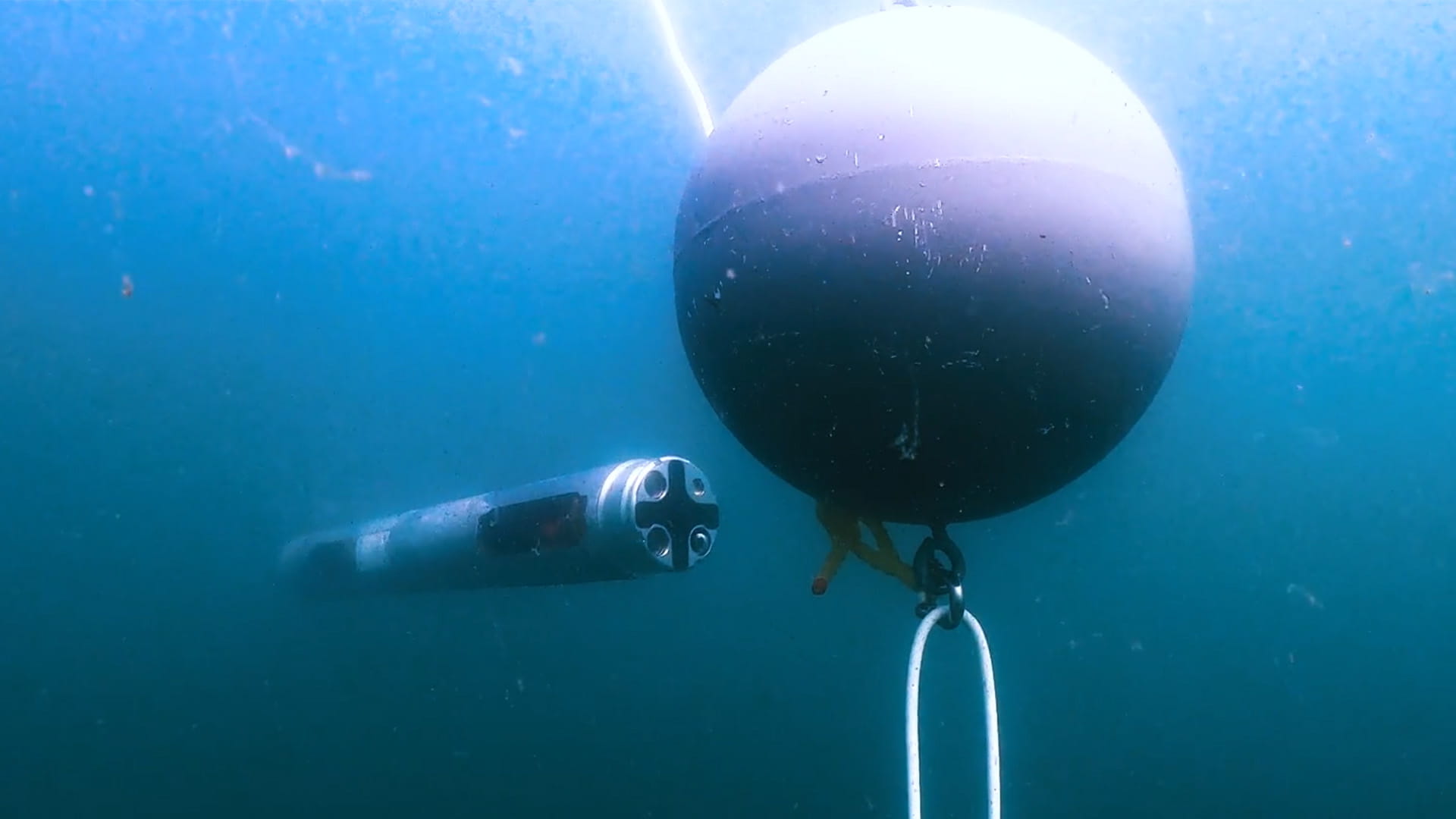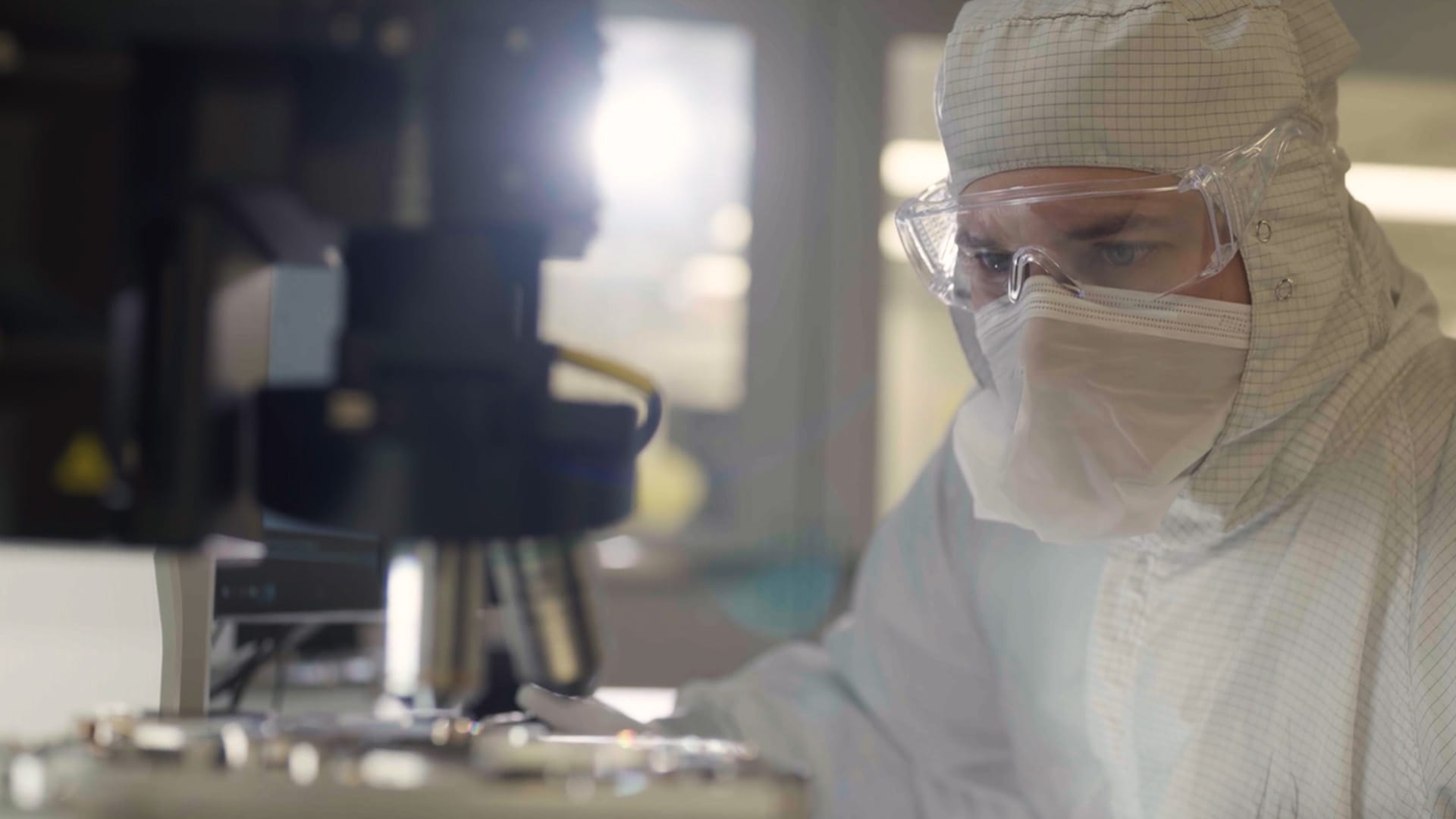Radars are in the business of saving lives.
Every moment of every day, they monitor the seas, skies, and space for a range of threats including hostile enemy aircraft and cruise missiles.
In collaboration with government labs and commercial industry partners, the Raytheon Advanced Technology team is developing next-generation multi-chip packaging for use in ground, maritime and airborne sensors. Ultimately, our team will accelerate the delivery of microelectronics packaging for military systems.
Advanced Microelectronics
Modern DoW sensors are built around a small number of components. The most critical of these are advanced microelectronics, which include semiconductors, and serve as the brain cells and powerhouse of advanced defense systems.
Innovating with "Advanced Technology"
We bring a deep, fundamental technical mastery to invent new microelectronics materials and processes that will power future generations of defense technology
We partner effectively with leading universities, small businesses, research and development organizations, and defense agencies to achieve the best possible outcomes.
The GaN Advantage
We lead the industry in its use of Gallium Nitride to make the high-power microwave circuits that transmit and receive RF energy. Gallium Nitride, also known as GaN, is a glasslike material that offers key advantages over other RF semiconductors in energy efficiency, weight and power output.
The business makes military-grade GaN at its Massachusetts foundry and has achieved U.S. Department of War (DoW) Technology Readiness Level 9 and Manufacturing Readiness Level 9 for the innovative tech, which means it’s proven in successful mission operations and ready for deployment.
The proof is in the final product, from the smallest circuit all the way up to a fully assembled array in the field.
Our sensors are vertically integrated to ensure readiness and resiliency from day one – key to maintaining a competitive advantage and protecting national security.
Gain Perspective
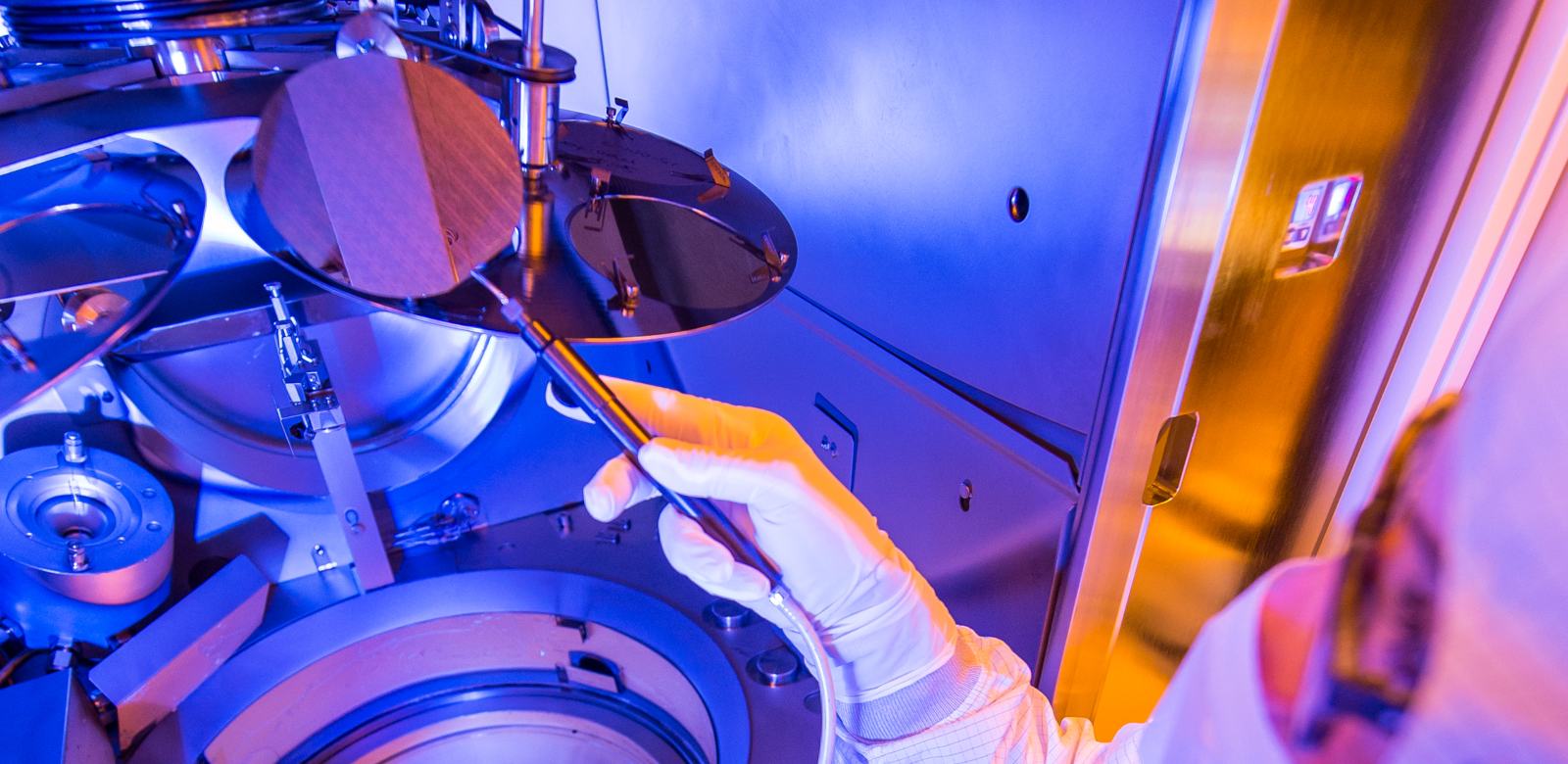
News & Features
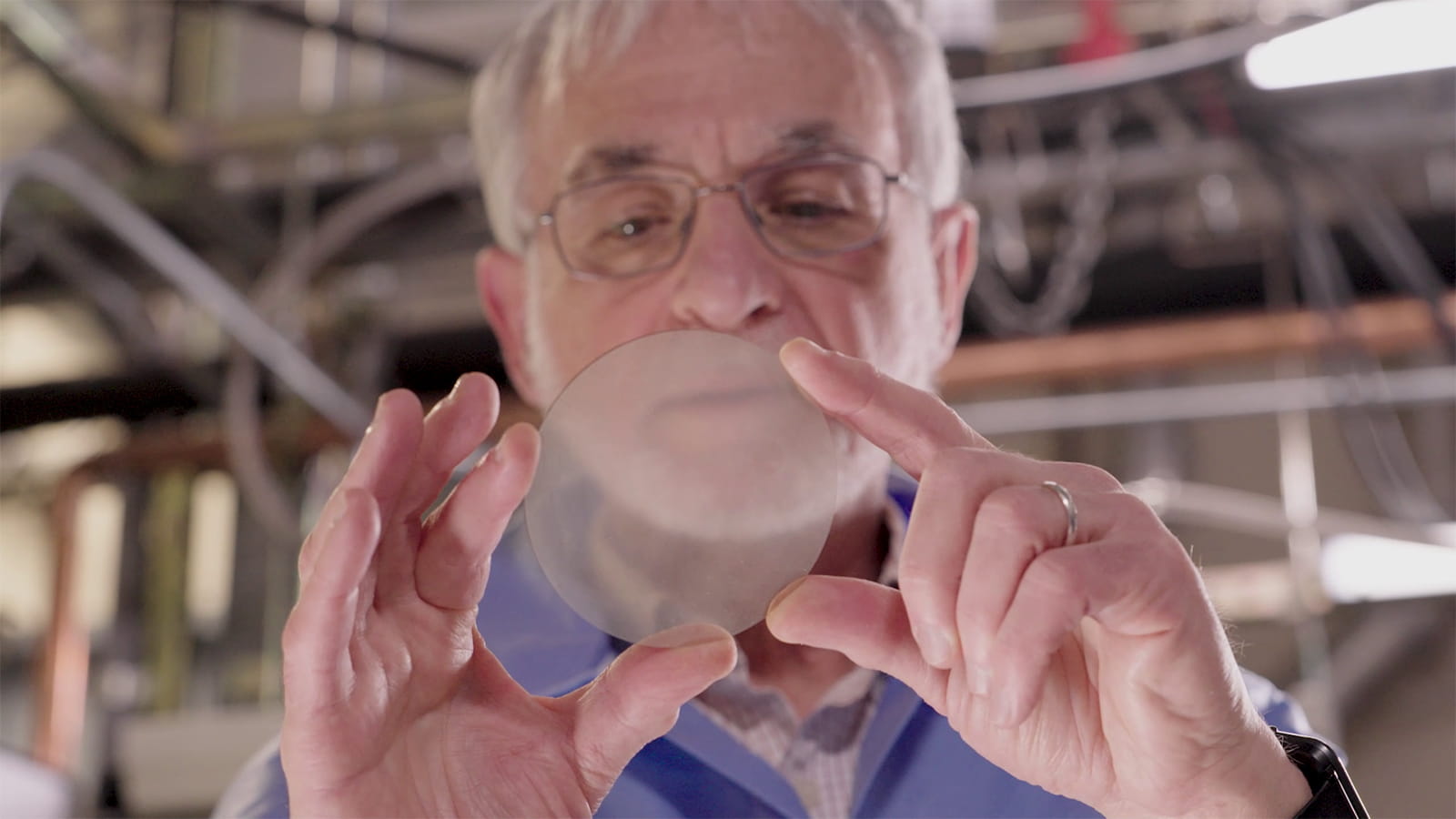
RTX to develop ultra-wide bandgap semiconductors for DARPA
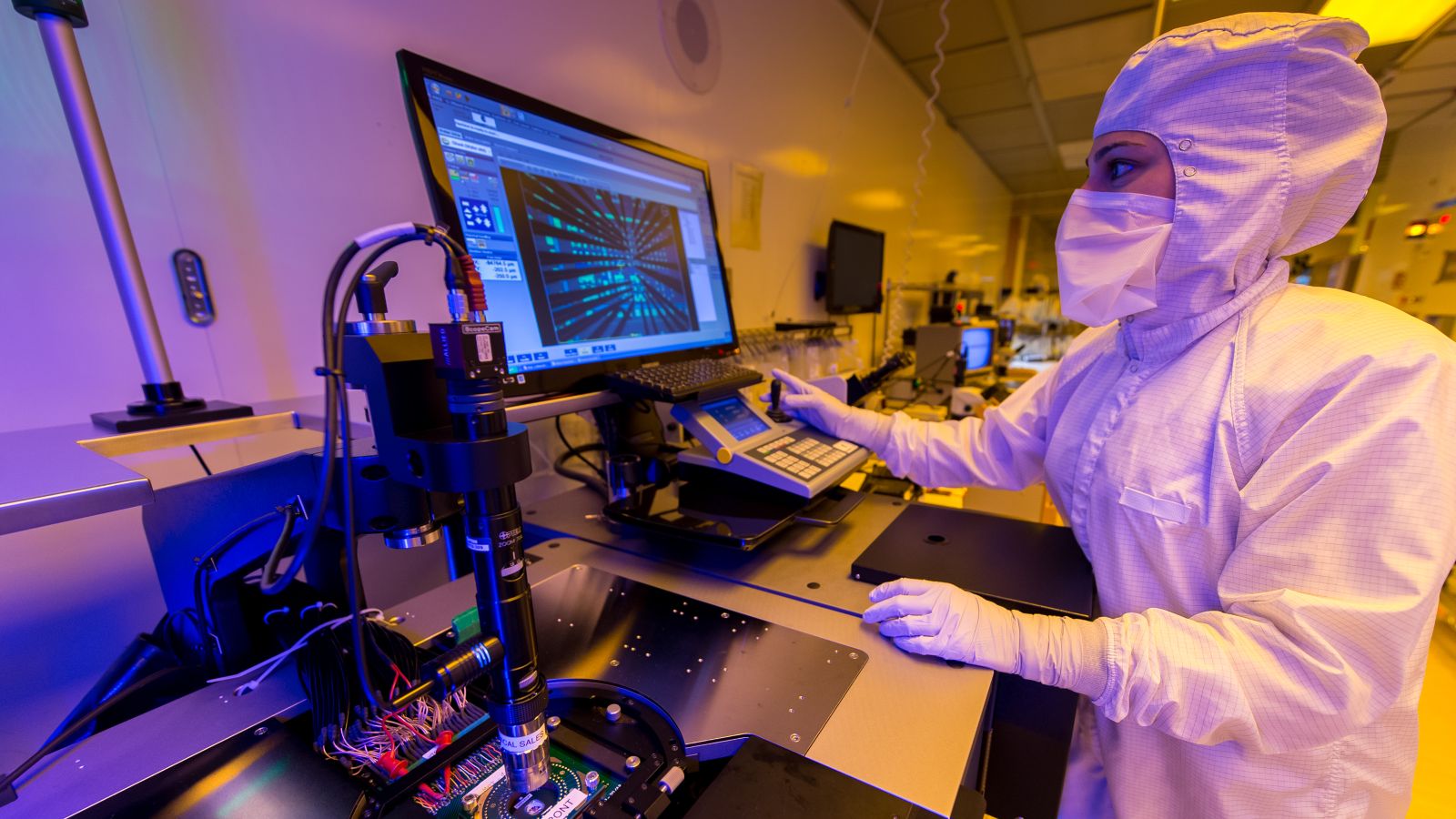
RTX and DARPA to revolutionize Gallium Nitride technology for improved radio frequency sensors
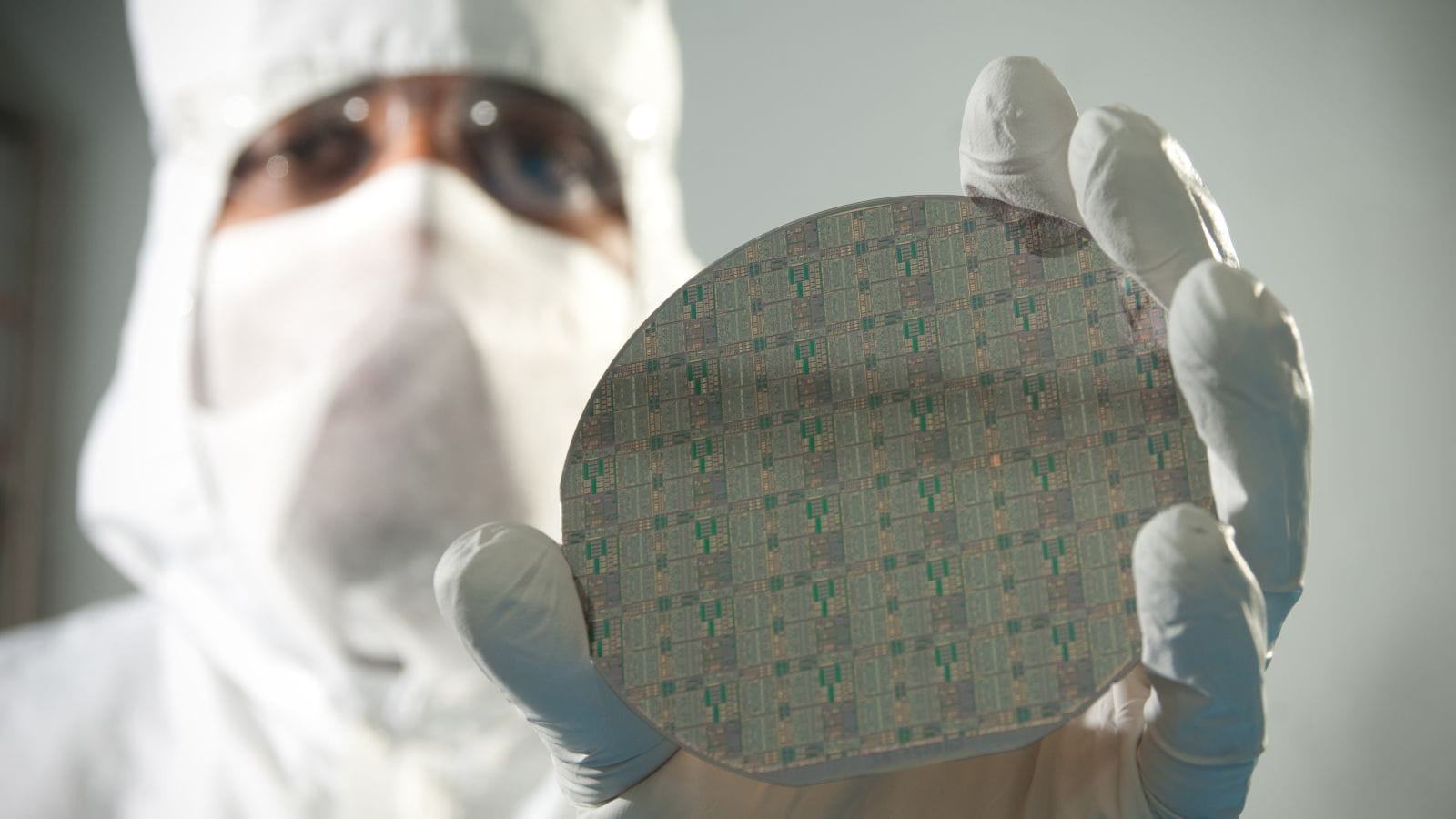
Raytheon wins award for gallium nitride technology maturation

RTX works with AMD to develop next-gen Multi-Chip Package
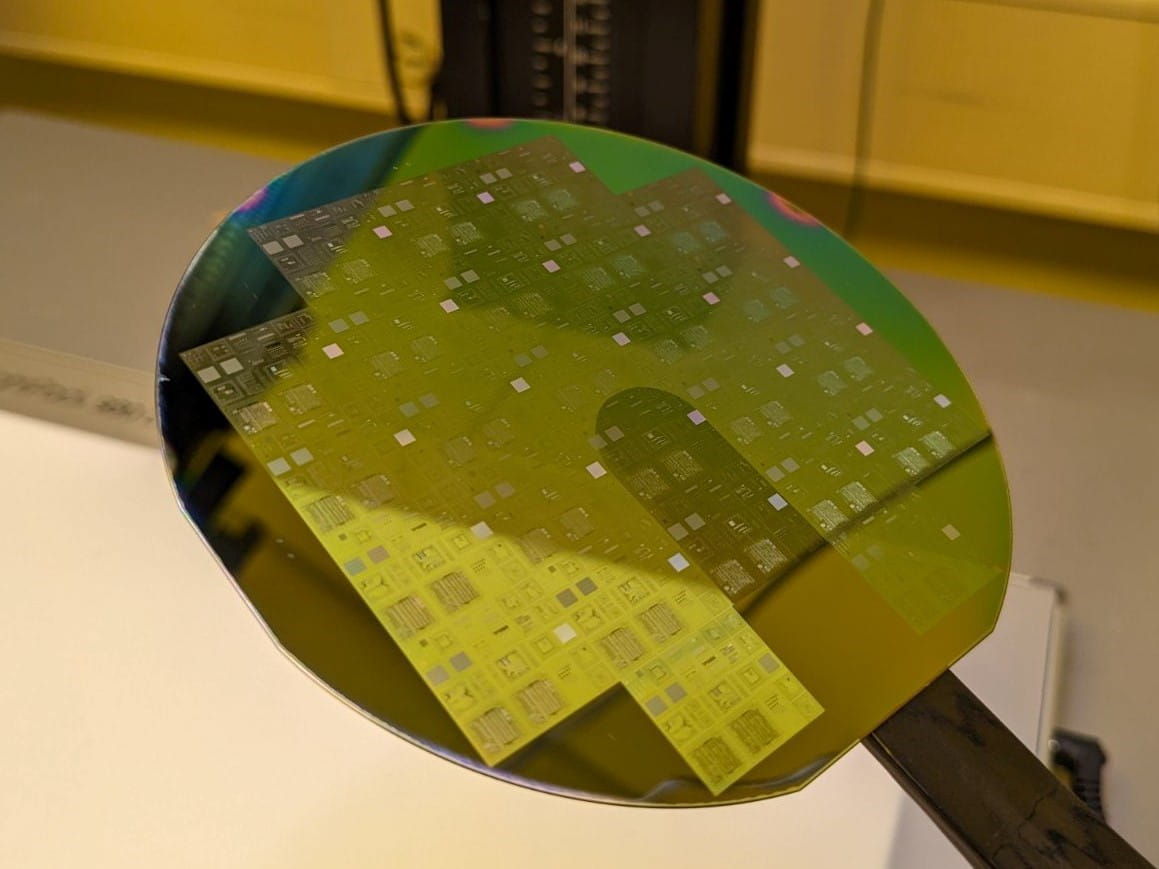
Ozark IC Team wins DARPA HOTS Award (Photo courtesy of General Electric Aerospace Research Center)
